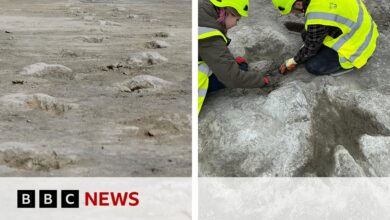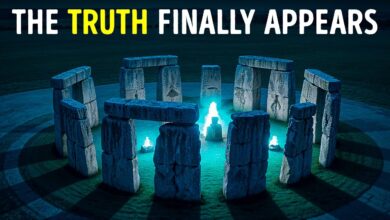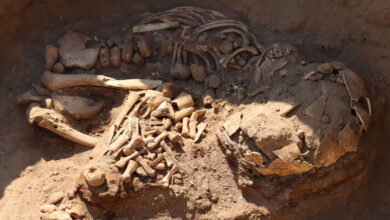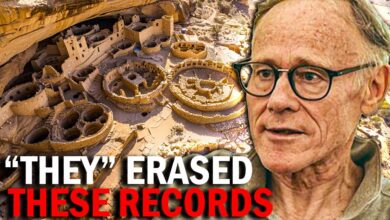Time-Slip Artifacts: Modern Objects in the Ancient World – Volume 1
**Summary of the YFiles Episode: Unexplained Artifacts**
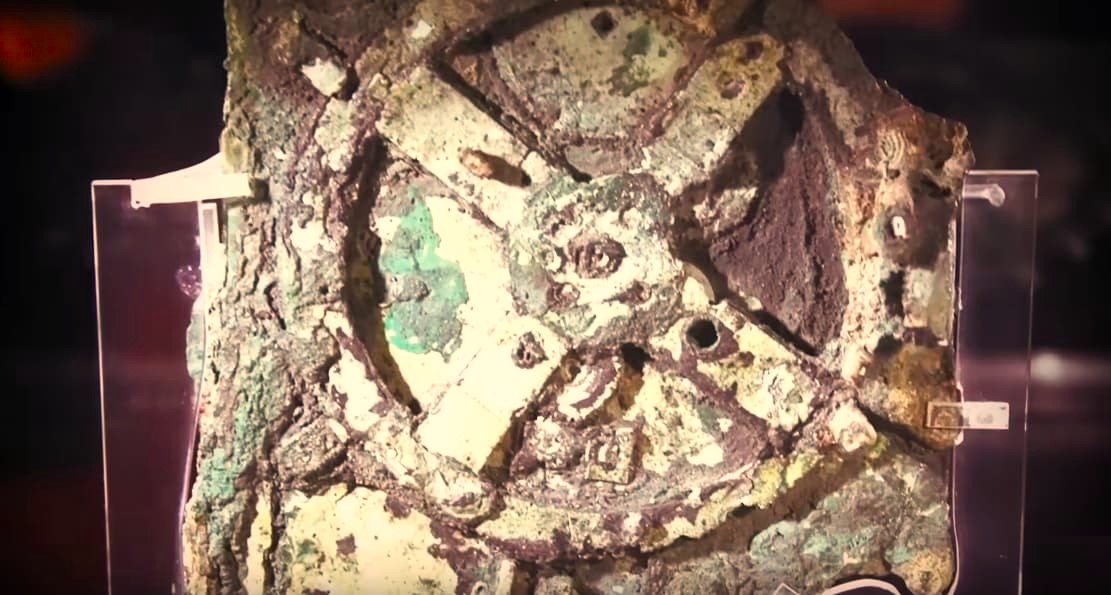
Explores the mysterious objects found throughout history that challenge our understanding of technology and progress. It discusses how human innovation has built upon previous achievements, but occasionally, artifacts are discovered that seem out of place and time. Examples include:
1. **The Dropa Stones**: Discovered in Tibet in 1937, these granite discs, dated to over 12,000 years ago, were inscribed with hieroglyphic-like characters. They tell the story of extraterrestrial beings called the Dropa, who crash-landed on Earth and interacted peacefully with local humans. However, skepticism surrounded the findings, leading to their eventual disappearance from records.
2. **The Antikythera Mechanism**: Found in a Roman shipwreck near Greece, this ancient device, thought to be an astronomical clock, features sophisticated gears and technology not expected to exist until centuries later. Its purpose remains unclear, inspiring various theories, including its origins from Atlantis or alien technology.
3. **Mount Bong and the Iron Pipes**: In China, iron scraps and oddly-shaped stones were found inside a pyramid-like structure in Mount Bong, raising questions about their origin, especially since metallurgy was not known at the time. The presence of iron pipes, dating back over 150,000 years, suggests advanced engineering that predates known human capabilities.
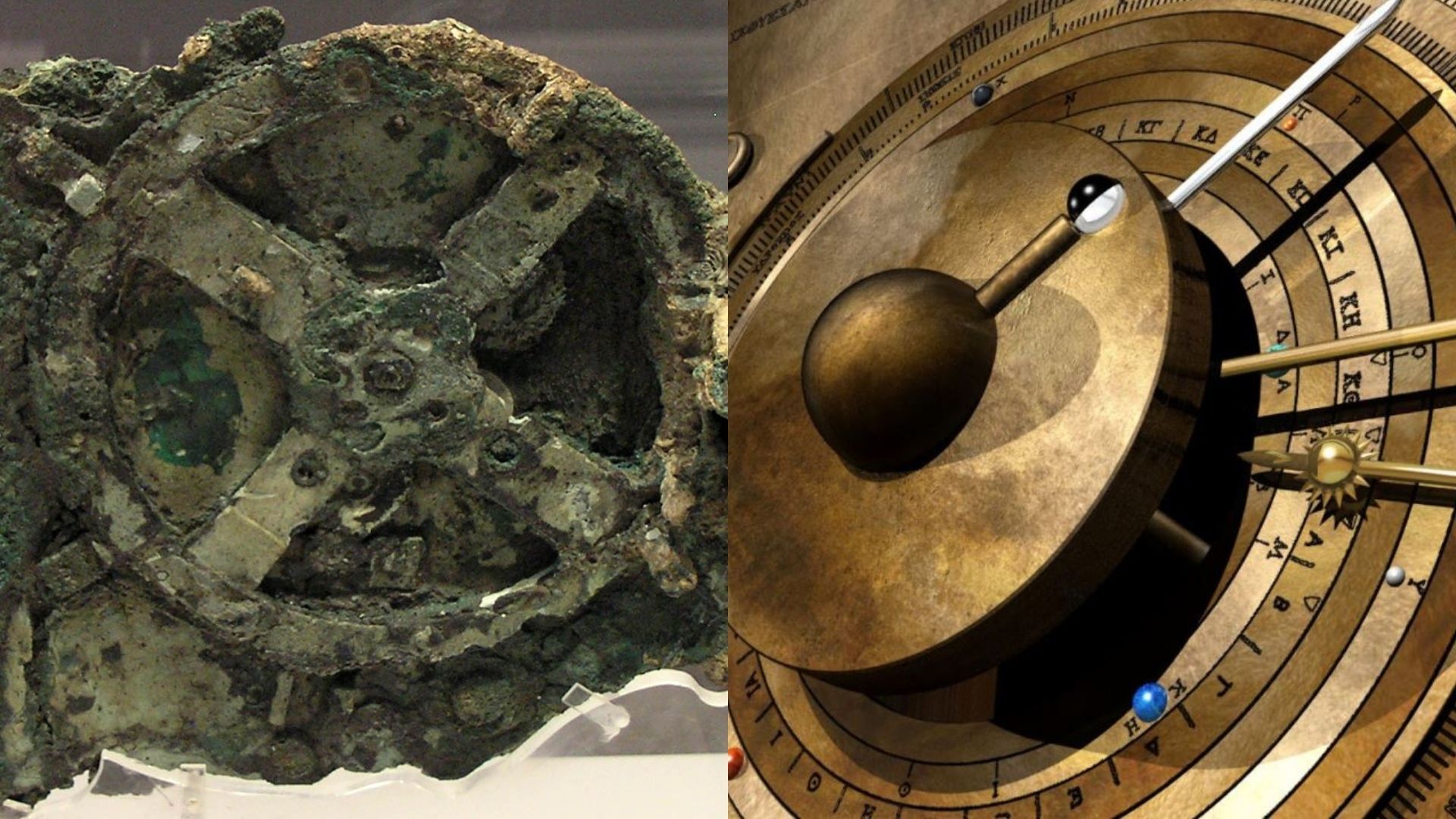
The Ulbert swords, a revolutionary high-tech tool from between 800 and 1000 AD, were unique due to a special inscription and were primarily associated with Vikings, though the name is of Frankish origin, likely linked to the swordsmith who crafted them. The process of making swords in the 11th century involved forging iron into steel, requiring precise carbon content to avoid brittleness. Skilled blacksmiths would repeatedly heat and hammer iron to remove impurities, achieving high purity and strength.
Ulbert swords, characterized by their sharpness and flexibility, were far superior to other swords of the time and could effectively cut through chain mail. Modern analysis revealed their high carbon content and purity, suggesting a sophisticated melting process that formed Crucible steel, a technique lost for centuries.
In a separate discovery, physicist Francis Perrin examined a piece of uranium ore that had undergone nuclear fission naturally, revealing evidence of ancient nuclear reactions 1.8 billion years ago. This was perplexing, as natural conditions were deemed insufficient for such reactions.
Out-of-place artifacts (OOA) have sparked intrigue, such as the supposed Dropa stones, linked to extraterrestrial narratives, which turned out to be a fabricated story by author David Gaiman. In contrast, the Antikythera mechanism, discovered on a Roman shipwreck, is a real ancient device that predicted astronomical events and the Olympic Games but is not as advanced as often claimed.
Lastly, the Mount Bong pyramid and its associated features were misidentified; the structures thought to be man-made are likely natural formations. Alleged metal pipes found there may actually be fossilized tree roots, as claimed in a 2003 article.
The Ulbert Sword, a high-tech tool from around 800 to 1000 AD, is notable for its distinctive inscription and is often associated with Vikings, although the name is Frankish in origin. The medieval sword-making process involved melting iron into steel, which required a precise proportion of carbon to avoid brittleness. Blacksmiths would repeatedly heat and forge the iron to remove impurities, achieving high purity and strength.
The Ulbert Sword was sharp and flexible, surpassing all other swords of the time, capable of cutting through chainmail. Modern analysis has shown that they had a high carbon content and purity, suggesting a sophisticated smelting process that produced Crucible steel, a technique that was lost for centuries.
In a separate discovery, physicist Francis Perrin studied a sample of uranium ore that had undergone natural nuclear fission, proving that ancient nuclear reactions occurred 1.8 billion years ago, which is puzzling because natural conditions are not sufficient for such reactions.
Controversial out-of-place (OOA) artifacts, such as the Dropa Stone, which has been linked to alien stories, turned out to be a fake story by author David Gaiman. Conversely, the Antikythera mechanism, discovered in a Roman shipwreck, was an ancient device that actually predicted astronomical events and the Olympics but was not as modern as often portrayed.
Finally, the Mount Bong pyramid and related features have been misidentified; structures thought to be man-made may actually be natural formations. Metal tubes found may actually be fossilized tree roots, according to a 2003 paper.




